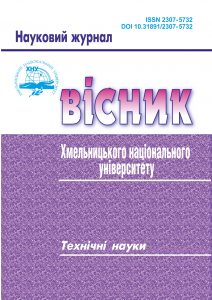A REVIEW ON THE FEATURES OF HEAT-RESISTANT ALLOYS MILLING
DOI:
https://doi.org/10.31891/2307-5732-2023-329-6-166-171Keywords:
milling, heat-resistant alloys, machinabilityAbstract
Effective milling of heat-resistant alloys, regardless of which subgroup they belong to, is a complex task that requires special technological approaches. High temperatures in the cutting zone, high cutting forces, vibrations, abrasive wear and segmented chips complicate the machining process. Thus, the overall machinability of heat-resistant alloys is more than half that of conventional structural steels. Taking into account the constant growth of demand for alloys of this group, the question of their effective processing is certainly an urgent task of modern mechanical engineering. The paper provides an overview of the features of milling heat resistant alloys. The classification of heat resistant alloys according to ISO 513:2012 is given and the physical and mechanical properties of the most common grades are described. Machining characteristics are discussed, as well as phenomena accompanying the cutting process causing poor machinability. Approaches and recommendations for effective machining of heat resistant alloys from modern practitioners and researchers are reviewed. The use of modern tool materials, tool coatings, coolant and lubrication systems and other methods are considered. Among the most effective are: high pressure cooling through the tool (HPC), cryogenic cooling, carbide tools with PVD and CVD coatings, other promising tool materials, vibration control systems in the cutting zone, etc.

